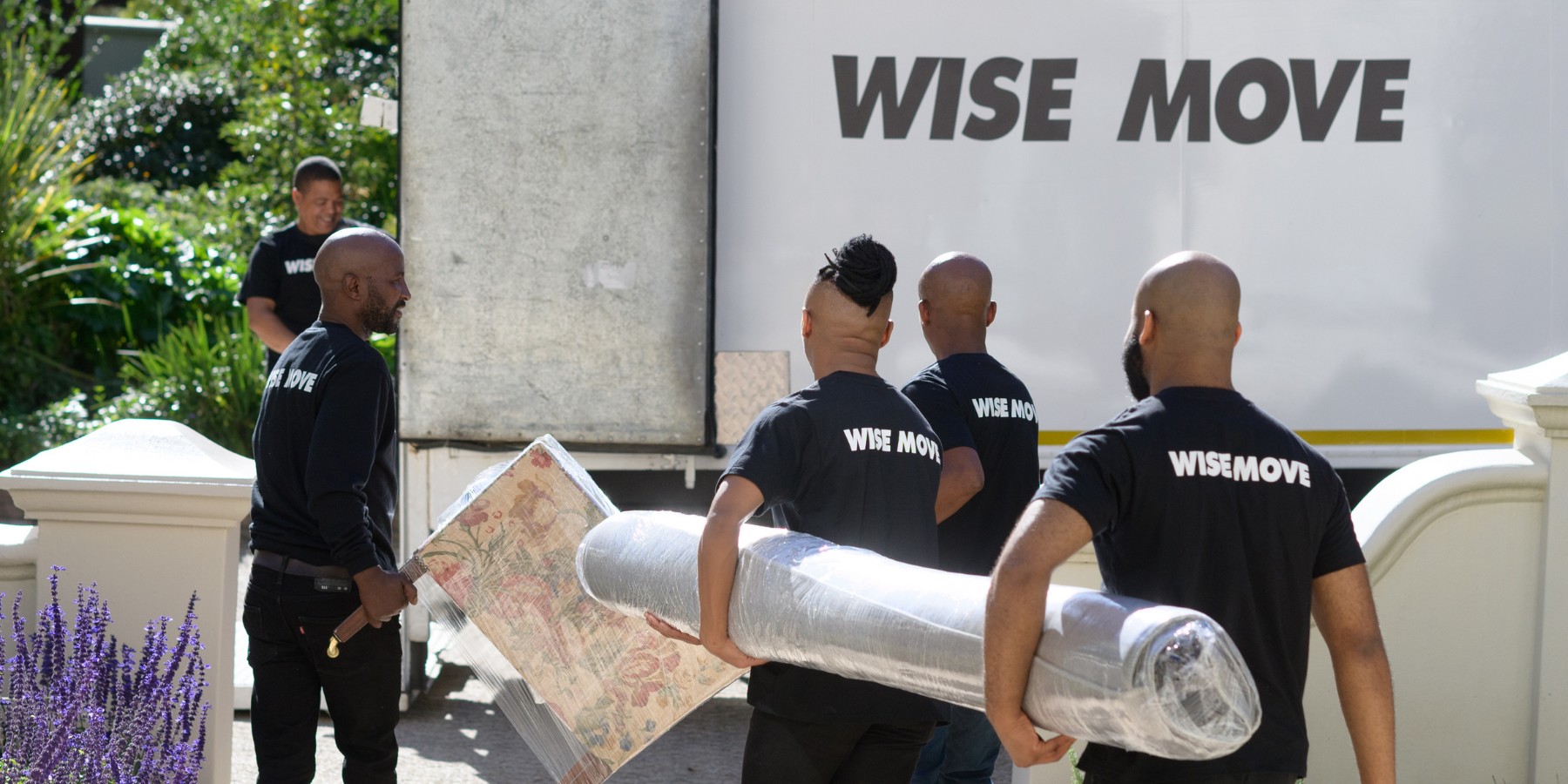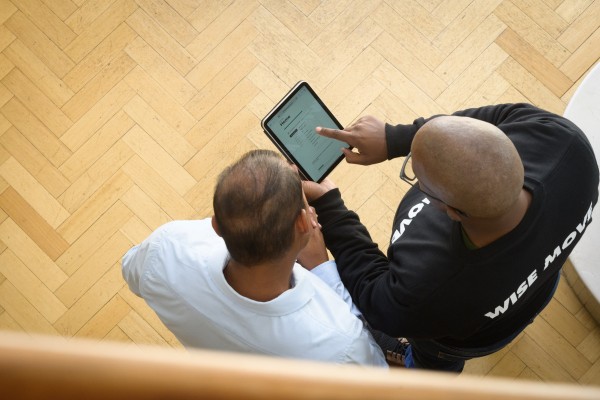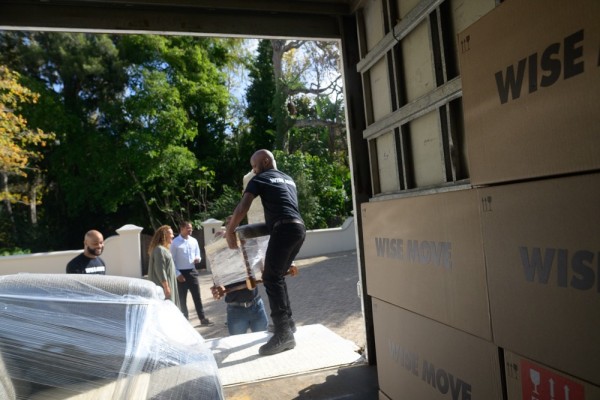
Office moves have a lot of moving parts (no pun intended) — from furniture and IT systems to employees and clients, there are many factors you have to take into consideration for a successful and smooth office relocation.
So, to help you minimise your downtime, here’s our step-by-step guide on executing the perfect office move.
1. Start planning in advance
It might sound counterintuitive, but by starting the planning process early, you end up saving much more time in the future, plus a whole lot of money, energy and moving stress. Whether it’s a small business or big business, just down the road, across the country or even an international relocation — planning an office move takes a lot of time and consideration.
The last thing you want is to be running around like a crazy person during the weeks leading up to the move trying to arrange everything at the last minute. To avoid this, all you have to do is start taking the first few steps of the planning process 3-6 months in advance. This includes:
-
Decide on your moving date and try to get the timing right so that it doesn’t impact any major projects.
-
Draft a relocation timeline with weekly or monthly goals while keeping it flexible because plans always change.
-
Outline the budget for your relocation so that you can see what you’re working with.
2. Maintain open communication
Relocating offices can be incredibly stressful for both you and your employees, especially when things don’t go as planned (which they never do). If you’re all going to make it through this office and employee relocation in one piece, it’s essential that you are entirely open and honest with your employees right from the beginning.
It’s also crucial that you give your employees the space to be open and honest with you about their thoughts, questions and challenges. If you’re all on the same page, then you can all work together to ensure a smoother move for everyone.
3. Delegate
Sorting out an entire office move on your own is impossible, but fortunately, you don’t have to do it alone. That’s why you have a team around you.

It’s best to play to everyone’s strengths. So, if you have someone on your team skilled in project management, why not let them manage the project? They can then take care of the millions of small tasks and allow you to focus on the more important things during this transitional period.
And if you don’t have anyone internal who could spearhead the move, you can also hire an external project manager or relocation specialist, which is especially helpful for long-distance moves.
4. Take inventory
One of the first major steps in preparing your office for relocation is figuring out exactly what and how much you will be relocating.
Take a walk through your current offices, making a detailed list of all the items you own, including furniture, equipment, supplies, decorations, etc. Also, highlight any fragile items that will require some extra TLC during the packing, moving and unloading parts of the move, ensuring that they don’t get mixed up accidentally with everything else.
5. Map out the new floor plan
When planning your move, it’s helpful if you can get access to the floor plans of your new office space, especially if you’re upsizing or downsizing. With these floor plans, you can start mapping out where everything will go.
This allows you to:
-
Figure out if everything is going to fit — whether you need to get rid of some stuff, find a storage unit or fill some empty space with new things.
-
Confirm that the building is up to local codes and regulations.
-
Decide if anything needs to be fixed, redone or renovated before you all move in.
-
Get feedback from employees to check if they’re happy with their new space.
6. Do some spring cleaning and revamping
This is one of the best parts of an office move! Especially if you’ve been in your office space for quite some time, it’s inevitable that it’s going to start collecting junk in every corner and crevice. Now is the perfect time to relieve the burden of having to carry it around by doing some spring cleaning, saving you money, time and energy. Plus, it opens up the opportunity for new and improved stuff!
Identify everything you don’t need or use anymore and put it aside to be sold, donated, given away, recycled or if you have no other option, thrown away.
Just make sure to adjust your inventory list so that you know the precise list of everything you’re moving. This will help you know if some items got lost during the move.
7. Prepare your IT systems
This is one of the more technical and complicated steps of the office relocation process. We all know an office could not operate without its top-quality IT systems. This step includes:
-
Backing up and securing all your data before the move.
-
Giving your IT team a lot of time in advance to properly disconnect everything.
-
Possibly updating or replacing any old and outdated IT systems or equipment.
-
Setting up all the required IT infrastructure at the new office.
-
Successfully reconnecting and setting up all IT systems and equipment.
8. Get comprehensive insurance
Unfortunately, no matter how hard you try, it’s sometimes impossible to guarantee that everything will make it through the move and arrive at the new destination in the same pristine condition it left in.
That’s why it’s vital that you invest in top-quality insurance — you’ll definitely regret it if you don’t. And because your office probably has quite a list of expensive equipment, you really want to triple-check that everything is properly insured so that it covers all items, and you’re guaranteed to get your money back.
9. Keep everyone’s belongings organised
If everyone just throws their stuff in together, it’s going to be impossible to know whose plant or stapler is whose, making a mess for you to sort through when you arrive at your new offices.
That’s why it’s best to keep all employee’s belongings separate and organised from the beginning. Here are some tips:
-
Give each employee their own boxes so that they can each pack their own stuff.
-
Get every employee to clearly label their own boxes with an inventory list of what is inside.
-
Keep each team’s boxes together so that even if something did get a little mixed up, it’ll be easy to find.
-
Get the movers to put each team’s boxes in the room or area they will be working in.
10. Start moving your least used items
Trying to move everything on one sounds like one heck of an overwhelming and impossible task where lots can go wrong. To secure a smoother and more effective move, it’s best to do the move in batches over a period of time.
Start with the rooms or items that the office uses least and then slowly make your way to the everyday essentials on the final day.
This gives you time to fill up any empty space and make the new office feel homey and comfortable when your employees arrive there. This will help them swiftly settle into their new space and get back to business.
11. Update your Address
One of the more technical tasks of an office relocation that is easily forgotten is to update your address to your new offices so that people know where to find you. Here are some key areas that have your address that you can’t miss to update:
-
Google
-
Website and other web pages
-
Social media
-
Clients
-
Mail and deliveries
-
Posters, business cards and adverts
-
Legal documents
-
Accounts such as insurance providers, telephone, bank, rates and taxes
12. Hire a professional moving service
The best thing you can have on your side to guarantee a smooth and effortless office relocation is hiring a trusted and professional moving service that will treat your items with the utmost care.

What’s the best way to find top-rated, local moving companies? Easy — with Wise Move! With Wise Move’s moving company platform, all you have to do is post your moving request, and you’ll be quickly connected with the best and most affordable office relocation services in South Africa. Wise Move ensures a smooth and simple move at a price that won’t break the bank.
Get your quote today and start planning the perfect office move!
What do our customers say?





















![How Many Moving Boxes Do You Need [Quick Guide] How Many Moving Boxes Do You Need [Quick Guide]](https://cdn.wisemove.co.za/image/blog/f402bbe3e47e09aa41a6d8370888b926.jpeg)







